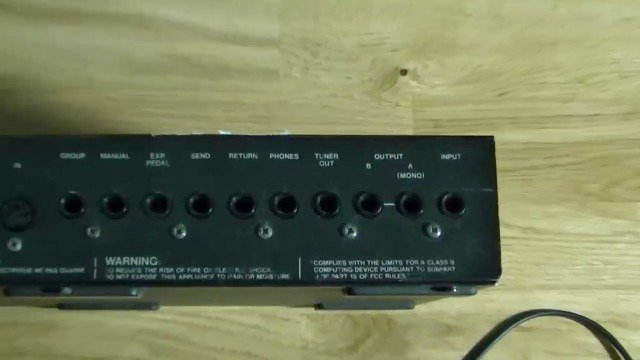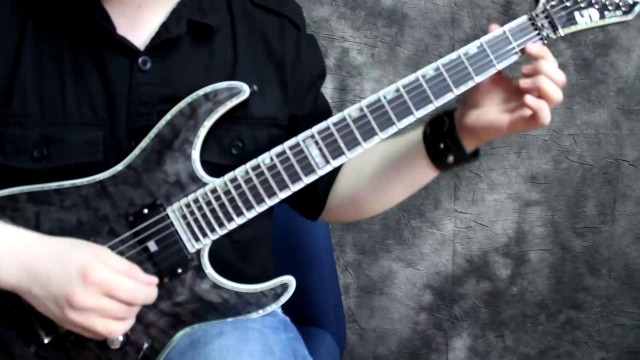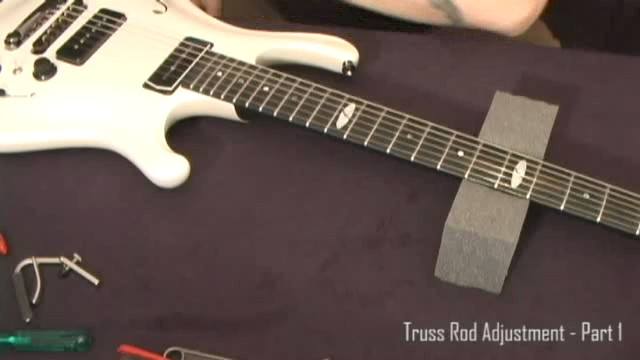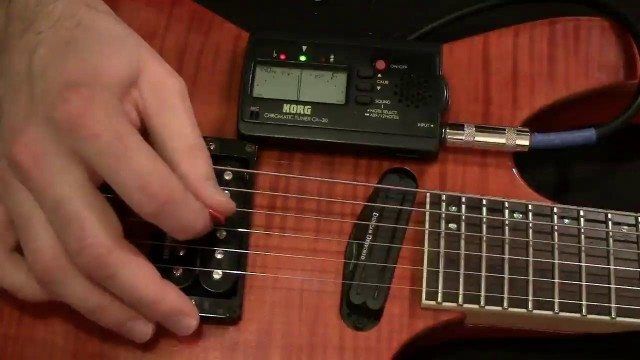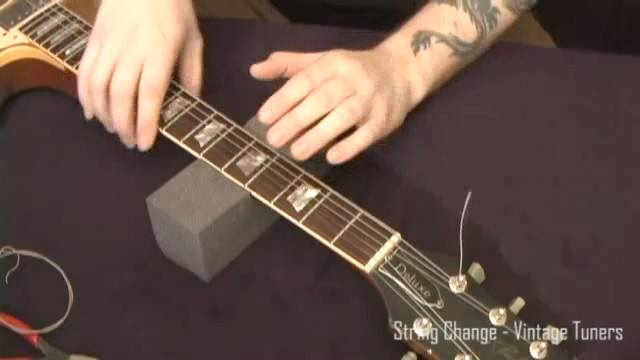Welcome!
In this tutorial we're going to take a gander at thirdless voicings and how to use these both to further our own improvisation, but also as practicing tools for ear training, as well as excellent song writing tools!
A thirdless voicing is basically just a chord without the third scale degree, for example E in C major (C,E,G),
or Eb in Cm (C,Eb,G). A power chord with the root, fifth and octave can be said to be the simplest form of a thirdless voicings, and very well used at that! However, there are myriads of other examples of thirdless voicings to be discovered. One other common voicing would the the sus7. For example Csus7 would then be 1,4,5,b7 (often played in the voicing of C, G, Bb, F "A-form"). You will find this chord often resolving back to the C7 (check out every other Beatles song, these voicings are plentiful).
However, one important issue that we also need to cover is how we perceive these chords when in the larger context of a key and song. In the video I have used some of the chords I used in my Vibrato and Timing tutorial. In this case however, we will focus on the actual voicings themselves. Our ears (at least those of us grown up with western style 12-tone music) are conditioned from an early age to recognize the relationships between chords in a given key, and almost to expect certain voicings and functions, such as say the V-chord being a dominant, resolving to the I-chord.
When you listen to the chords in the video, I think that most of you will hear the voicings as minor, major, major. That is, Am, F, and G. What we're really hearing though is an Amin7(no5), Fsus2 (with the fifth and ninth displaced one octave), and a G5 (same here). The Fsus2 and G5 in and by themselves have no inherent major or minor quality to them. But, when played in conjunction with the Am7, setting the key of the progression, our minds "fill in the blanks", and tells us to perceive them as major chords, rather than minor. Listen to video and you will hear what I mean.
So once we have become better acquainted with this function of our minds, let's move on to an exercise to help us govern our perception, and deepen our listening skills!


















